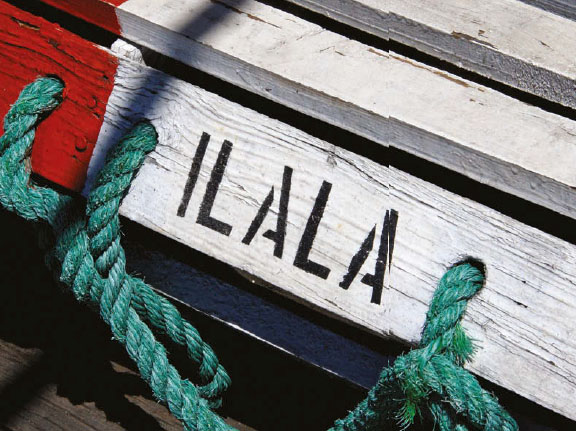MV Ilala has been heaving and pitching her way across Lake Malawi for more than 65 years. This is a boat with a story, having been built outside Glasgow in 1949, disassembled and transported to Mozambique before being launched on Lake Nyasa (as it was then called) in 1951. She was named after the region where David Livingstone died in 1873. The lake and its surrounding lands have changed names and flags in that time, yet this ship remains a constant, running almost continuously ever since, except for periods of maintenance. In a country where the average life expectancy is just 58.3 years, Ilala is older than her captain and crew, an unlikely mainstay in a place where little is taken for granted.

MV Ilala is a legacy of British colonialism, yet remains an essential part of modern Malawian life
As I watched the spray lash up over the ship’s bow, it was easy to forget that we are 500m above sea level. Hala’s beat is a weekly north-south haul along the length of Lake Malawi, travelling roughly 480km each way. While bridges and jet aircraft have made vessels such as these redundant in most other parts of the world, she survives because she provides basic transport for isolated villagers with no reliable overland connections to the country’s network of paved roads. From her home port of Monkey Bay at the foot of the lake, she heads north every week towards the small town of Chilumba, about an hour’s drive from the Tanzanian border, calling at about a dozen places along the way. Once there, she makes a quick turnaround for the return trip to Monkey Bay.